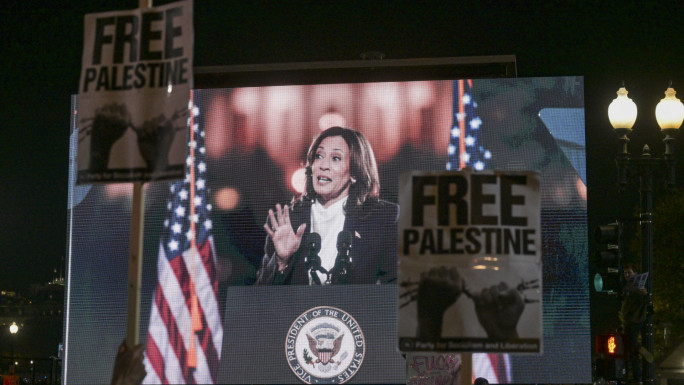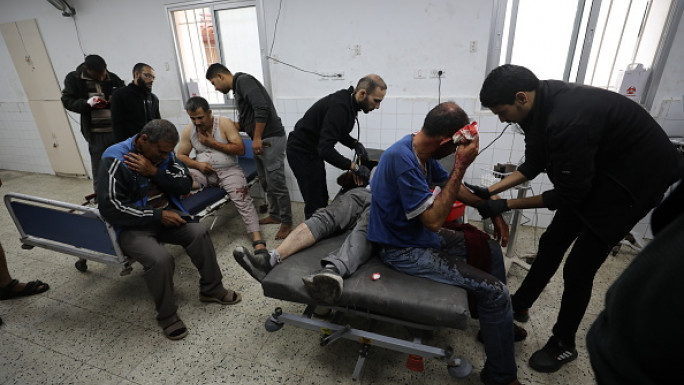
New technology makes urban massacres more likely, not less
And it is the cities bearing the brunt of the death toll, as violence continues to plague what were once vibrant streets of culture and history, the International Committee of the Red Cross said on Wednesday.
The Red Cross report I saw my city die, released on Wednesday, shows the alarming extent of civilian deaths in ongoing Middle East wars, focusing mainly on Iraq, Syria and Yemen - three of the most war-torn countries in the region.
"Over the past three years, our research shows that wars in cities accounted for a shocking 70 percent of all civilian deaths in Iraq and Syria," said Robert Mardini, the ICRC's Regional Director for the Middle East.
"This illustrates just how deadly these battles have become. This is all the more alarming as new offensives get underway in cities like Raqqa in Syria, or intensify in Mosul, Iraq. A new scale of urban suffering is emerging, where no one and nothing is spared by the violence," he added.
Civilians living in cities are put at greater risk than those living in rural areas. Deaths and injuries caused by the use of explosive weapons reached 92 percent in populated areas, as opposed to the death toll being 34 percent when explosive weapons were used in rural areas.
New wars meet old wars
Conflict analysts have recently become obsessed with the dynamics between "new wars" and "old wars".
How has technology changed the dynamics of war? Military technology advocates argue that "new age weapons", such as combat drones, means that civilians are less likely to be targeted and wars become more ethical.
However, the report shows that rather than technology making wars more humane, the opposite becomes true - especially when coupled with "old war" techniques, as is currently happening in the Middle East.
The report points out that tactics used in the Second World War, notably the blitzkrieg approach used by the German military, are still used in the Middle East.
Blitzkreig consists of concentrating firepower on a narrow front to take over an area. It is being revived in the Middle East, alongside war planners taking advantage of technological advances.
Laying siege to towns is also making a comeback - a tactic that has claimed thousands of lives.
Two of the most famous have been Madaya, under siege by the Assad regime in Syria, and Taiz in Yemen, which is being held under siege by Houthi rebels and forces allied to former Yemeni president, Ali Abdullah Saleh.
"I can still visualise my grandson under the rubble," said Abdulrahman, from Aleppo. "We managed to get him out. He was alive. But with no clinics or hospitals around, he died an hour later."
With the use of technology which many thought would make war more humanitarian, and there being no foreseeable end to ongoing conflicts, the harrowing realisation is that these wars have already left a stain on humanity's conscience.
Despite the immense bloodshed, little has been done to hold perpetrators of war crimes to account. Such statistics and reports must not be viewed through the lens of a tragedy, but as the result of criminal behaviour - crimes against humanity - and a widespread apathy in seeking and serving justice to achieve peace.
Follow Diana Alghoul on Twitter: @SuperKnafeh
![Taiz clashes [AFP] Taiz clashes [AFP]](/sites/default/files/styles/large_16_9/public/media/images/432198F7-951B-4F42-89B2-D20E9126D369.jpg?h=d1cb525d&itok=dIwrUEpE)




 Follow the Middle East's top stories in English at The New Arab on Google News
Follow the Middle East's top stories in English at The New Arab on Google News


